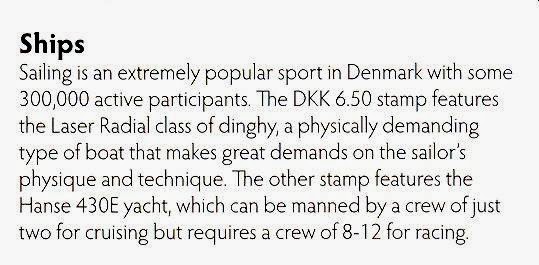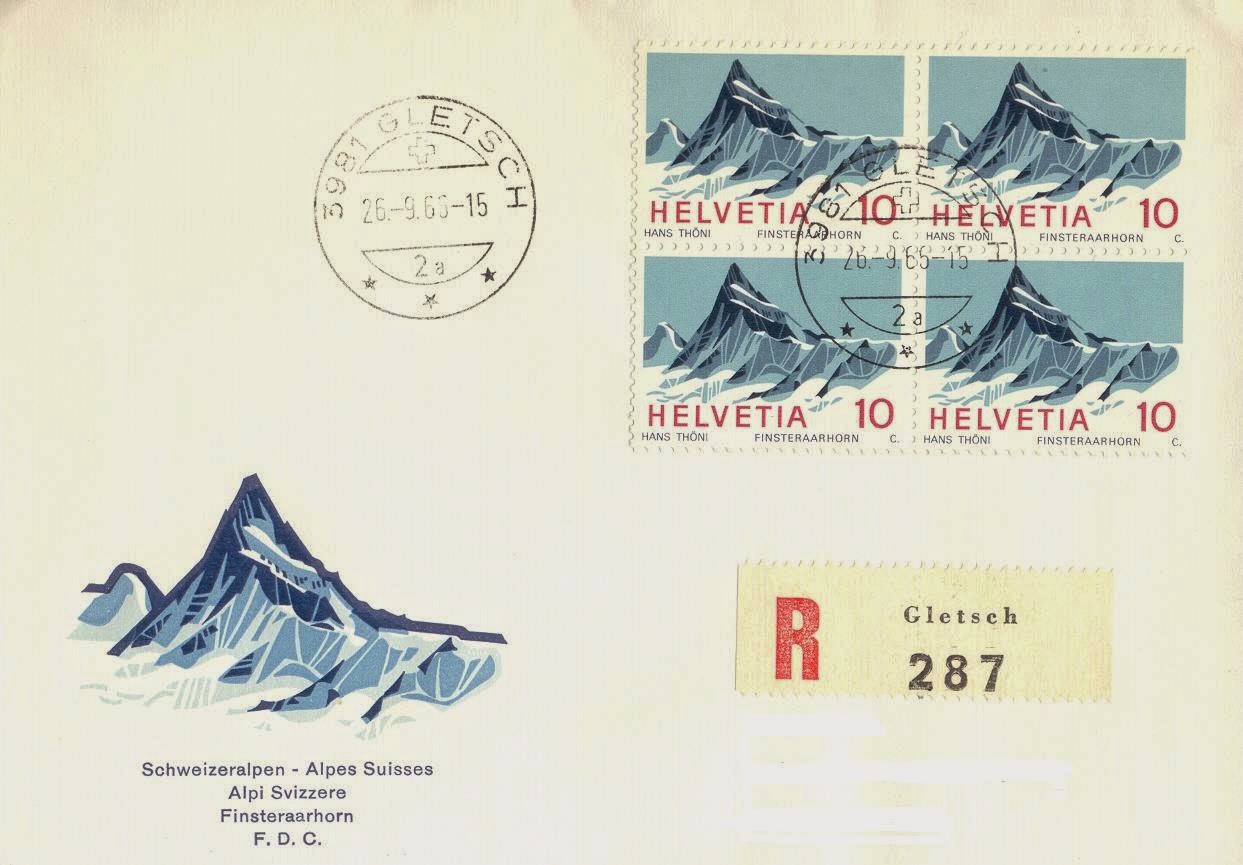Continuing with the Heroes of Medicine series of stamps, Transkei issued these four stamps to honour these four Pioneers in the field of Medical Science.
(15c) Hippocrates of Cos or Hippokrates of Kos (c. 460 – c. 370 BC), was an ancient Greek physician of the Age of Pericles (Classical Greece), and is considered one of the most outstanding figures in the history of medicine. He is referred to as the father of western medicine in recognition of his lasting contributions to the field as the founder of the Hippocratic School of Medicine. This intellectual school revolutionized medicine in ancient Greece, establishing it as a discipline distinct from other fields that it had traditionally been associated with (notably theurgy and philosophy), thus establishing medicine as a profession.
However, the achievements of the writers of the Corpus, the practitioners of Hippocratic medicine, and the actions of Hippocrates himself were often commingled; thus very little is known about what Hippocrates actually thought, wrote, and did. Hippocrates is commonly portrayed as the paragon of the ancient physician, credited with coining the Hippocratic Oath, still relevant and in use today. He is also credited with greatly advancing the systematic study of clinical medicine, summing up the medical knowledge of previous schools, and prescribing practices for physicians through the Hippocratic Corpus and other works.
(20c) Antonie Philips van Leeuwenhoek (October 24, 1632 – August 26, 1723) was a Dutch tradesman and scientist. He is commonly known as "the Father of Microbiology", and considered to be the first microbiologist. He is best known for his work on the improvement of the microscope and for his contributions towards the establishment of microbiology.
Raised in Delft, Netherlands, Leeuwenhoek worked as a draper in his youth, and founded his own shop in 1654. He made a name for himself in municipal politics, and eventually developed an interest in lensmaking. Using his handcrafted microscopes, he was the first to observe and describe single-celled organisms, which he originally referred to as animalcules, and which are now referred to as microorganisms. He was also the first to record microscopic observations of muscle fibers, bacteria, spermatozoa, and blood flow in capillaries (small blood vessels). Leeuwenhoek did not author any books; his discoveries came to light through correspondence with the Royal Society, which published his letters.
(25c) William Harvey (1 April 1578 – 3 June 1657) was an English physician. He was the first to describe completely and in detail the systemic circulation and properties of blood being pumped to the brain and body by the heart, though earlier writers had provided precursors of the theory. After his death the William Harvey Hospital was constructed in the town of Ashford, several miles from his birthplace of Folkestone.
(30c) Joseph Lister, 1st Baron Lister, Bt., OM, FRS, PC (5 April 1827 – 10 February 1912), known as Sir Joseph Lister, Bt., between 1883 and 1897, was a British surgeon and a pioneer of antiseptic surgery. By applying Louis Pasteur's advances in microbiology, he promoted the idea of sterile surgery while working at the Glasgow Royal Infirmary. Lister successfully introduced carbolic acid (now a for this FDCathknown as phenol) to sterilise surgical instruments and to clean wounds, which led to a reduction in post-operative infections and made surgery safer for patients.
Talking about the Oath of Hippocrates which is depicted on the cover - I think this is a very debatable subject, as I personally believe that neither do medical students take this oath nor follow it. The reason I am given to understand is that financial constraints make it necessary to breach this oath and conveniently forget it.
Thank you Maria for this FDC.





























.jpg)












